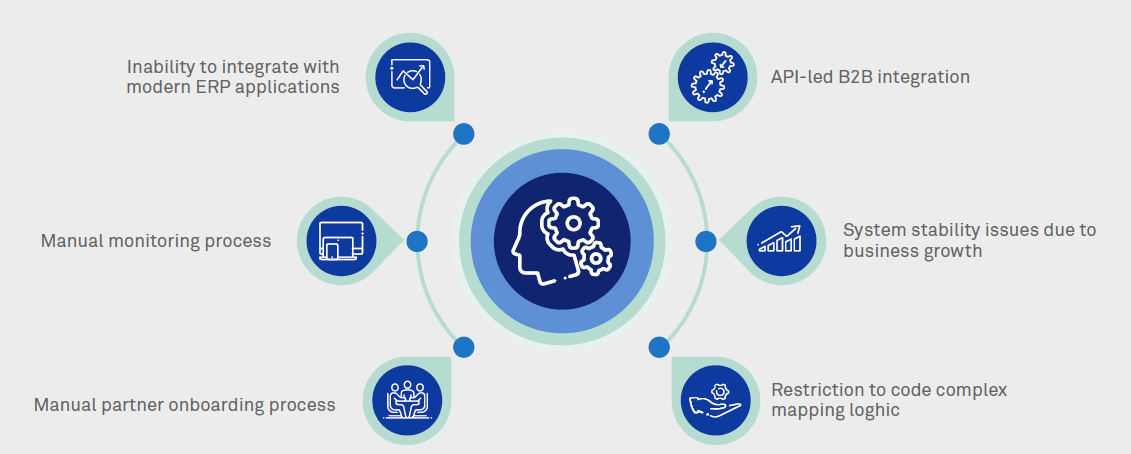
Figure 1: Key challenges with the legacy EDI applications.
With frequent technology upgrades hitting their IT platforms, organizations are outsourcing their EDI services to software product vendors. In this way, organizations will worry less about things like - ‘When is the next upgrade coming in? How long will it take for the updates to sync in? Will we be able to make sure that business, as usual, is taken care of during the upgrade?’ Also, the focus can be more on business critical and strategic initiatives. This model gives some inherent benefits like highly available platforms with disaster recovery, product upgrades, and transaction-based pricing model, etc.
Though the product vendors’ managed services commercial outsourcing model looks eye-catching initially, here are the drawbacks it comes along with:
To overcome the above challenges and run seamless B2B transactions with disaster recovery feature, organizations should have their modern B2Bi platform hosted on a public cloud environment using the best of breed B2Bi software. A single service provider should manage the platform setup starting from development to implementation to support while providing the benefits of the aforementioned product vendor managed services solution.
Below are the key platform features to be considered for a modern B2Bi landscape
Four dimensions of B2Bi modernization
Cloud platform and product evaluation
Evaluation of B2Bi platform requires detailed B2Bi product comparison, fitment to organization’s existing IT landscape and compatibility with their strategic cloud platform. In addition, it will be advantageous if the product has the capabilities on API integration, A2A, managed file transfer, seamless partner onboarding, transaction monitoring and visibility, etc.
Cloud B2Bi platform setup
Once the cloud platform and B2Bi product is chosen, architecture is finalized considering the key platform features mentioned above. Setup and configurations are to be done using best possible integrations with the technology environments. The solution built should enable end-to-end user-friendly transaction visibility and insights to the business and operations teams. Though the cloud platform provides some inbuilt transaction monitoring features, integrate with an enterprise-wide monitoring solution. If required, build self-healing functionalities like auto restart of services, automate the alert mechanisms and integrate with IT service management applications.
Migration using accelerators and frameworks
Once the platform is robustly built, migration of the partners and maps from the legacy application to the new cloud platform should be done in a phased manner. It is always ideal to migrate few trading partners as a pilot activity to test the solution features available. Partner on-boarding and map development is a time-consuming step of an EDI migration program. Automating these activities will end up saving time and cost. Maps should be standardized and consolidated without increasing the map complexity to ensure minimum maintenance in the future.
Platform support services
The final dimension is around support services model. Unlike the traditional model, the modern B2Bi cloud platform requires integrated cloud operations service delivery model where B2Bi platform and cloud infrastructure services team up to work in collaboration. Having a matured vendor providing end-to-end managed support services for the platform in a standard service-level agreement based model would facilitate the enterprise IT team to shift focus from support services to the core business functions. These support services include cloud infrastructure, database, B2B application, daily operations and trading partner onboarding. This model would also give the enterprise the capability to make vendor changes in the platform depending on future needs
Conclusion
In a nutshell, the new managed services model provides the organization with a highly scalable and secure modern B2Bi platform along with the benefits of a product vendor managed services model without vendor lock. In addition, the organization gets complete control over the platform to make any changes that can enable quicker onboarding of trading partners and accommodate new-age requirements of the business.
Lingaraju Pammina
Principal Consultant Wipro Ltd.
Lingaraju has been with the IT services industry for over 19 years with expertise in application integration, B2B integration architecture, platform evaluation and integration modernization. He has provided solutions to large enterprise clients with complex integration challenges and helped them modernize and simplify mission-critical B2B platforms. In his current role, Lingaraju is responsible for providing advisory, consulting and integration solutions to customers across industry verticals in North America.
Rajalakshmi Srinivasan
Lead Consultant, B2B integration Wipro Ltd.
Raji has been with the IT services industry for about 13 years with expertise in the area of B2B integration and application modernization. She has led large B2B migration programs and helped clients through their modernization journey. Raji has extensive consulting experience on various integration products. In her current role, Raji is responsible for building accelerators for B2B integration, and providing design and solution architecture for various B2B engagements.